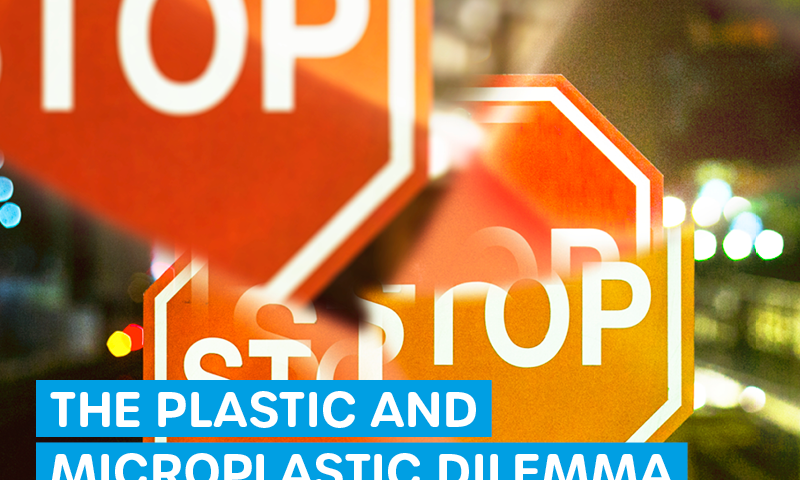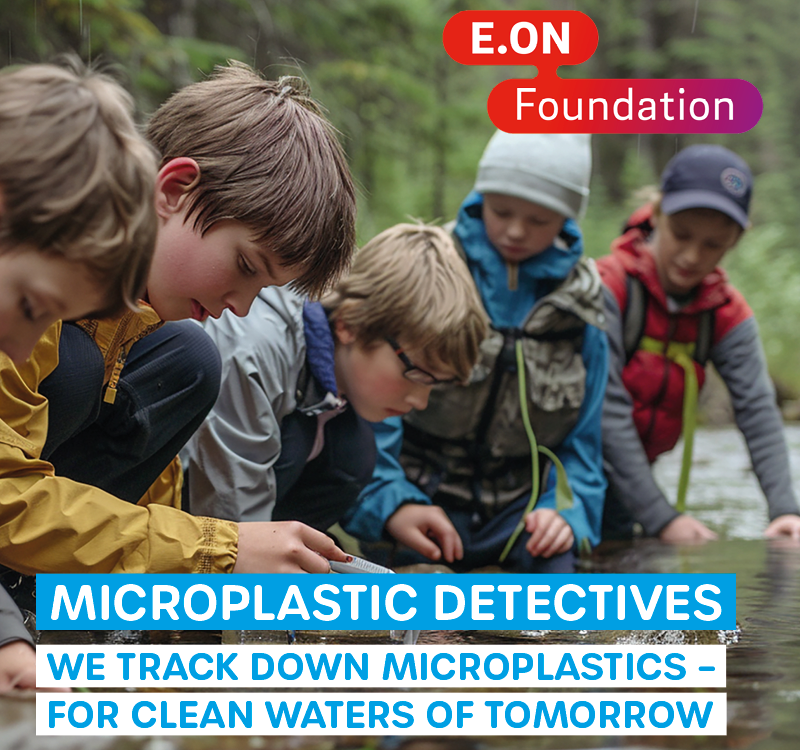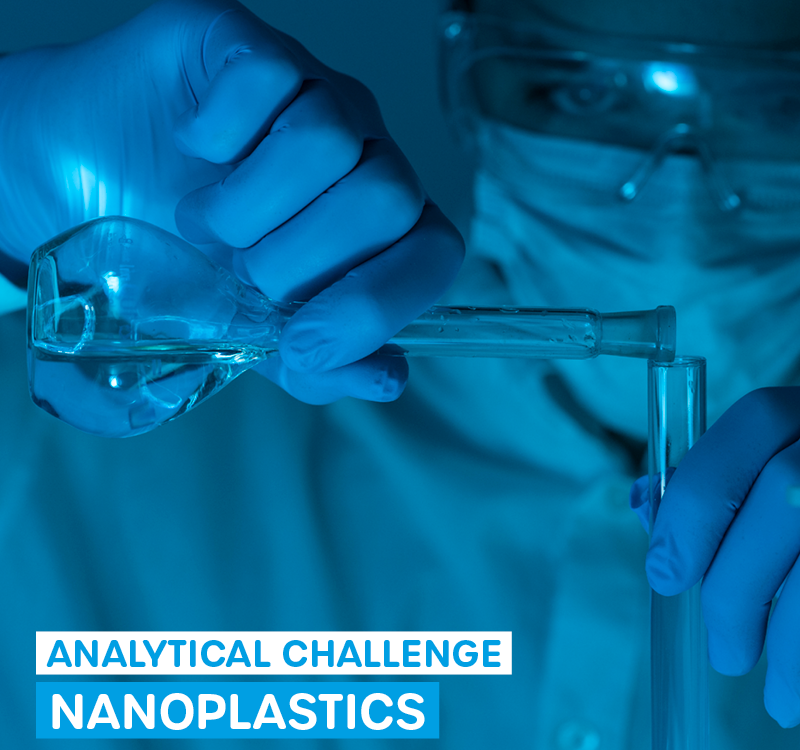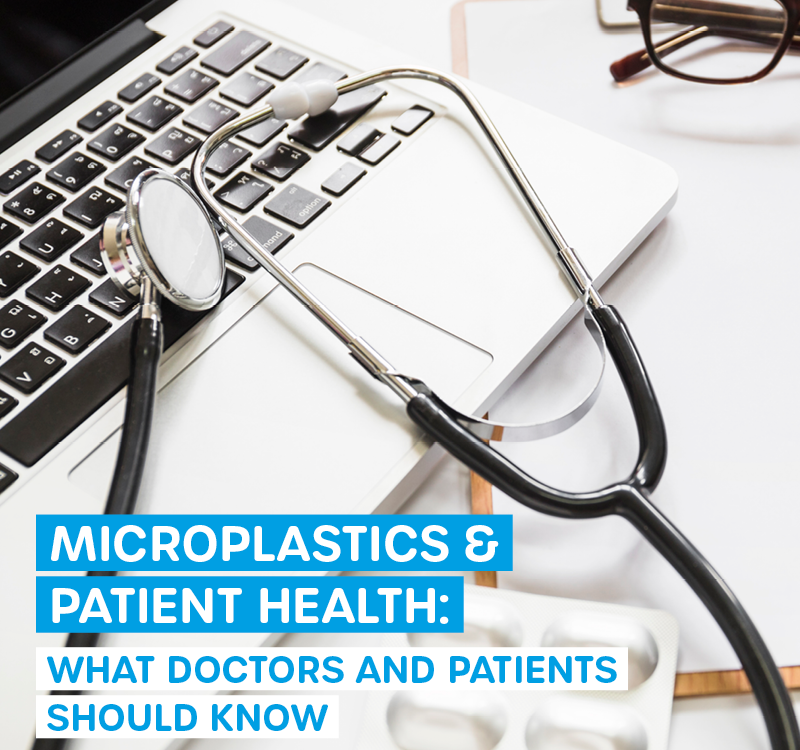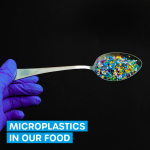
Microplastics in Our Food
23. October 2025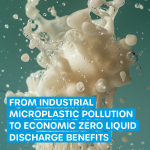
Microplastics and Zero Liquid Discharge
30. October 2025The Plastic and Microplastic Dilemma: Why Longer Durability of Plastics Is Not the Solution
The search for more durable plastic leads us straight into a dead end
When we talk about sustainable plastic types, many initially think of longer-lasting, more durable variants. But the latest scientific research paints a sobering picture: Precisely the so-called "better" more durable plastic types are turning out to be the greater environmental problems of the future.
The Paradox of Plastic Longevity
The longevity of plastic reveals a fundamental truth about our modern material crisis. Current studies from 2024 show: What we consider stability is actually biological resistance. Microbes that can decompose almost every other organic substance reach their evolutionary limits with plastics.
The chemical structure of polymers makes them a biological puzzle. While organic materials decompose in manageable timeframes, plastic types like HDPE persist in the environment for centuries – precisely because of their believed "superiority."
From the Myth of Durable Plastic: A Scientific Ranking
HDPE (Recycling Code 02): The False Champion
HDPE is considered the most durable of all common plastic types. However, this durability leads to centuries-long environmental persistence. Latest degradation studies from 2023 prove: HDPE half-lives range from 58 years for bottles to 1,200 years for pipes.
PET (Recycling Code 01): Transparent but Toxic
PET may be popular in the food industry due to its transparency, but scientific investigations from 2024 show: But its stability comes at a high price. With prolonged contact with food, hormonally active and health-damaging substances can be released.
PP (Recycling Code 05): The Microplastic Launcher
Studies on polypropylene baby bottles reveal shocking numbers: U[p to 16,200,000 particles per litre are released and infant exposure ranges from 14,500 and 4,500,000 microplastic fragments per dayper person.
LDPE (Recycling Code 04): The Unstable Variant
Although LDPE has the lowest stability, it paradoxically releases the highest amount of microplastics.
When Stability Becomes a Threat: The Additive Problem
The real threat of durable plastic types lies in their chemical additives. Current research from 2024 demonstrates: Precisely the additives that ensure longevity -- plasticizers, flame retardants, UV stabilizers – are what become ecotoxicological time bombs.
Particularly disturbing: Over 16,000 chemicals are used for plastic production, of which at least 4,200 are considered problematic. These substances leach from the plastic and accumulate on microplastic particles, making them dangerous transport vehicles for environmental toxins.
And new investigations by the Federal Institute for Risk Assessment show: Microplastic particles prove to be extremely resistant to digestive juices and can therefore accumulate in the human body.
The Frightening Reality: Microplastics Everywhere
The dimension of the problem only becomes clear through current numbers: An estimated 10 to 40 million tons of microplastics are released into the environment annually, an amount that could double by 2040.
Groundbreaking studies from 2024 show alarming health effects: People with microplastics in their carotid arteries have twice the risk of heart attack or stroke. Harvard researchers warn: Microplastics cause oxidative stress, DNA damage, and organ dysfunction.
Adding to this is the CMUR Scandal: Why Recycling Alone Fails
The Circular Material Use Rate (CMUR) exposes the extent of our plastic problem. Current EU data for 2023 show a sobering reality: Only 11.8% of all used materials come from recycling. For fossil materials – including plastic – the rate is a shocking 3%.
These numbers reveal three critical points:
- Systemic Failure: Plastic is miles away from being a true circular economy
- Need for Radical Changes: Not just more recycling, but drastically less plastic production
- Ocean Bound Plastics as Distraction: With only 3% CMUR, expensive niche solutions are irrelevant
The EU pursues the goal of doubling the CMUR by 2030, but current progress is far too slow. At the current pace, the goal will clearly be missed.
But There Are Glimmers of Hope: New Approaches from Research and Technology
Despite the grim outlook, there are groundbreaking scientific breakthroughs. Current research from 2024 shows: Certain bacterial strains like Gordonia sp. CN2K can degrade up to 40% of PET microplastics in 45 days.
As a German technology company, we at Wasser 3.0 are developing pioneering approaches that tackle the microplastic problem at its root:
Wasser 3.0 PE-X®: The Filter-Free Revolution Our Clump & Skim technology works on the principle of agglomeration fixation. Through a special hybrid silica gel, all microplastic particles clump together into larger compounds – regardless of polymer type. These float on the water surface and can be easily skimmed off. Without filters, without high maintenance effort, with up to 94% removal efficiency.
Wasser 3.0 detect: Fast Analytics Instead of Blind Estimations Our innovative detection method with fluorescence markers revolutionizes microplastic monitoring: 15 minutes instead of 15 hours, 56% cost savings, 99.9% specificity.Over 700 samples in wastewater treatment plants and 500 water measurement points have proven its reliability.
Systemic Prevention Approach Instead of just fighting symptoms, we take preventive action in the plastic value chain. Our feasibility studies show: The wastewater from industrial production facilities contain millions of microplastic particles per liter – targeting their removal is most efficient and cost-effective.
Global Map of Microplastics: Data as the Basis for Action In 2024, we fed over 7,000 data points into our global microplastic map, making a significant contribution to data transparency. Because: Without data, we are all just people with opinions.
Other Promising Research Approaches
Innovative biotechnological approaches focus on the genetic modification of environmental bacteria to use plastic as a growth substrate. In parallel, researchers are working on mechanical solutions, such as tiny robot fish that can collect microplastics from water.
Der Weg nach vorn: Ein 5-Punkte-Transformationsplan
Wissenschaftliche Evidenz zeigt klar: Das Mikroplastik-Problem lässt sich nicht durch "bessere" Plastikarten lösen. Wir brauchen einen systemischen Wandel:
- Hierarchie der Maßnahmen
- Vermeidung vor Wiederverwendung vor Recycling
- Drastische Reduktion der Plastikproduktion insgesamt
- Fokus auf mechanisches Recycling für sortenreine Ströme
- Regulatorische Revolution
- Einheitliche Standards für alle Plastikarten
- Verpflichtende Lebenszyklus-Analysen
- Verbot irreführender "umweltfreundlicher" Claims ohne wissenschaftlichen Nachweis
- Ökonomische Anreize neu denken
- CO₂-Bepreisung zur Internalisierung externer Kosten
- Erweiterte Herstellerverantwortung
- Wissenschaftlich fundierte LCA-Analysen als Bewertungsgrundlage
- Technologische Innovation mit Systemblick
- Ganzheitliche Betrachtung der Wertschöpfungskette
- Investition in biologische Abbaumethoden
- Entwicklung plastikfreier Alternativen
- Transparenz und Bildung
- Aufklärung über die wahren Kosten der Plastik-Langlebigkeit
- Wissenschaftsbasierte Kommunikation statt Marketing-Mythen
Conclusion: Rethinking Is Essential for Survival
Science speaks a clear language: More durable plastic types are a fallacy. They only fragment more slowly, accumulate more toxic additives, and persist in the environment for centuries.
Current research shows: We face an unprecedented pollution crisis. Microplastics have already reached our organs, our blood, even the placenta. The time for incremental improvements is over.
The only way out of the microplastic trap is through a radical reduction in plastic production. ”Better plastic” isn’t the solution, but less plastic. The future of our planet depends on whether we have the courage to take this scientifically proven path.
The research is clear, the data is alarming -- now it's up to us to act accordingly.

